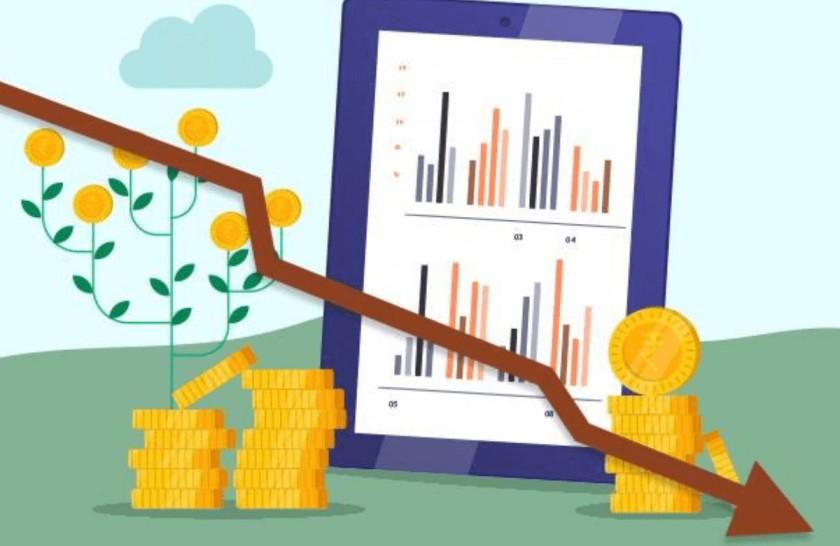- March 31, 2023
How is this economic slowdown different from the others?

Current economic downturn differs from previous cycles of excess, reducing the likelihood of a collapse in labor market.
We’ve been watching slumps ripple through various parts of the economy over the past 18 months: technology startups and stocks, regional banks and growing concern about commercial real estate. Yet we’re still waiting for the wider labor market to feel the downturn.
Does it even have to? Prior bubbles or periods of economic excess have featured too much hiring and investing like we saw during the late 1990s boom. Or we’ve had excessive credit creation and construction, as we confronted during the mid-2000s. The downturns that followed those periods involved unwinding some of that activity, which led to declines in employment and investment.
But the excess we had in 2020 and 2021 at the national level wasn’t about too much hiring or investing — it was mainly about the mistaken belief that interest rates would remain low. That’s the excess now being unwound. And while it’s painful for those making the adjustment, it doesn’t need to lead to the kinds of job losses we’ve had in the past.
Think about what happened in the technology sector, which has experienced some of the most high-profile job losses over the past year. One big reason for the cuts was that some companies over-hired during the pandemic based on business trends that turned out to be unsustainable. A second reason is that rising interest rates have shifted investor priorities to expanding profit instead of just revenue, which has forced unprofitable tech companies to curtail their spending.
The website which tracks layoff announcements in the tech sector, has recorded 317,000 job cuts from January 2022 through March 2023. Compare that with the 4.3 million jobs the US economy has added over the past year. The layoffs appear to have peaked in January, suggesting most of the rightsizing is behind us. So, we made it through a tech employment correction with unemployment remaining low and the national labor market still strong.
The bank crisis of the past month had nothing to do with bad loans or excess credit creation. During the pandemic, banks like Silicon Valley Bank took in a ton of deposits and used them to buy Treasury bonds. Those Treasuries fell in value as rates rose in the past year, resulting in losses for SVB. Depositors rushed to claim their money, SVB was overwhelmed and regulators stepped in. The crisis called attention to similar weakness in other banks, leading to broader concerns about the stability of the system.
And now those problems have put a spotlight on the commercial real estate sector. It was already struggling because of falling property values, but now it faces the added risk that banks will tighten credit to commercial borrowers. The office market’s problems are unique, but for commercial real estate more broadly the issue is that many properties were financed at very low interest rates, and because funding costs were so low, they were bought at elevated valuations. Then as interest rates rose, valuations declined. That means any loans coming due will have to be refinanced at higher interest rates, which may not be workable relative to the cash flow produced by the assets.
But it’s not like the commercial real estate business has been propping up the US economy. Investment in non-residential structures as a percentage of GDP is at its lowest level in 20 years, down 40 percent from where it was in 2007.
And the kinds of buildings most in distress — such as older office buildings — generate very little economic activity. It can even be argued that when some of them default, go dark and get redeveloped, it will have a positive impact on economic growth because new construction is so much more resource-intensive than the day-to-day operations of a 40-year-old office building.
The unusual thing about this downturn is that the excess being unwound reflects more than a decade of low interest rates, an era that cemented the belief that fast growth and high inflation were relics of the past. If the late 1990s boom was defined by the phrase “irrational exuberance,” then the low-interest-rate era has been emblematic of irrational pessimism. You generally don’t get too much hiring and investment across the whole economy when people are pessimistic about the future. And that’s why we aren’t likely to see the sort of downturn — including a collapse in the labor market — that we’ve had after cycles of excess in the past.
Written by Conor Sen. Mr. Sen is a Bloomberg Opinion columnist and is founder of Peachtree Creek Investments. Views are personal and do not represent the stand of this publication.
